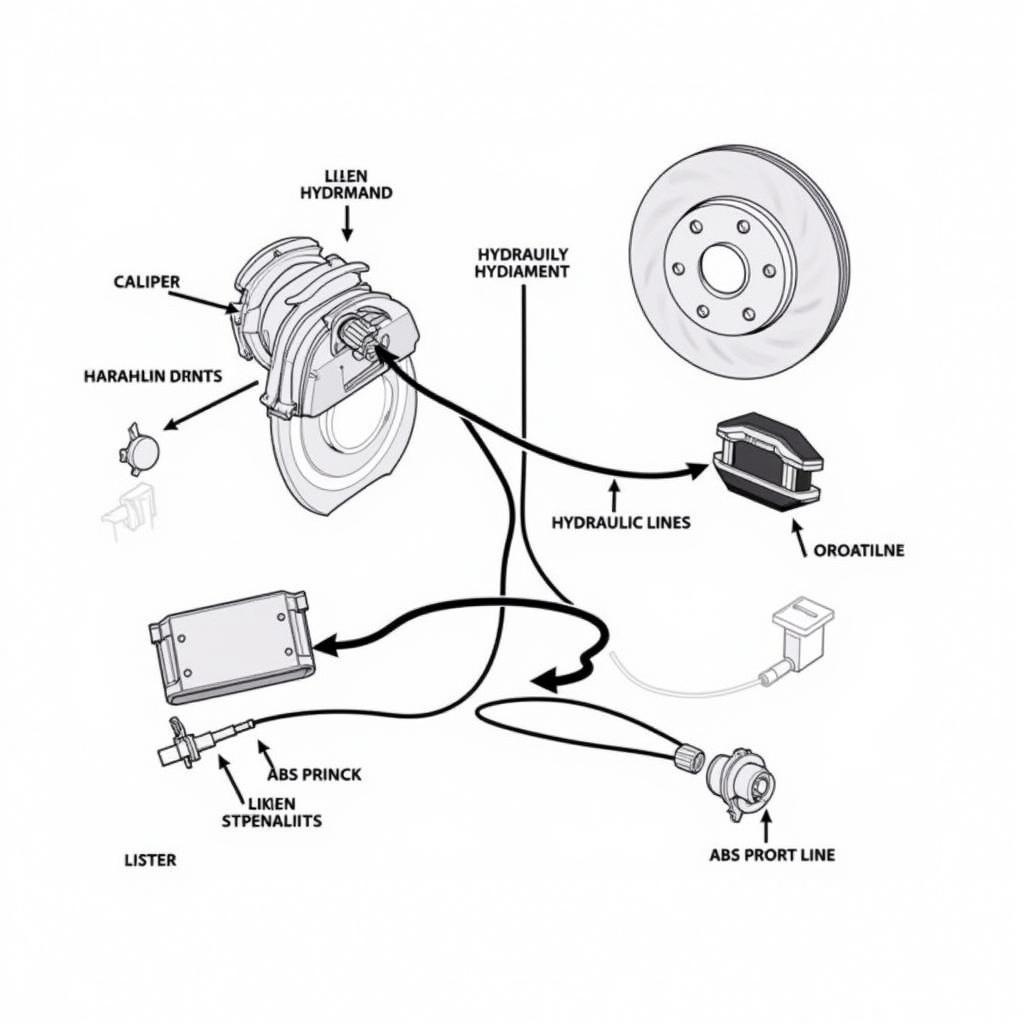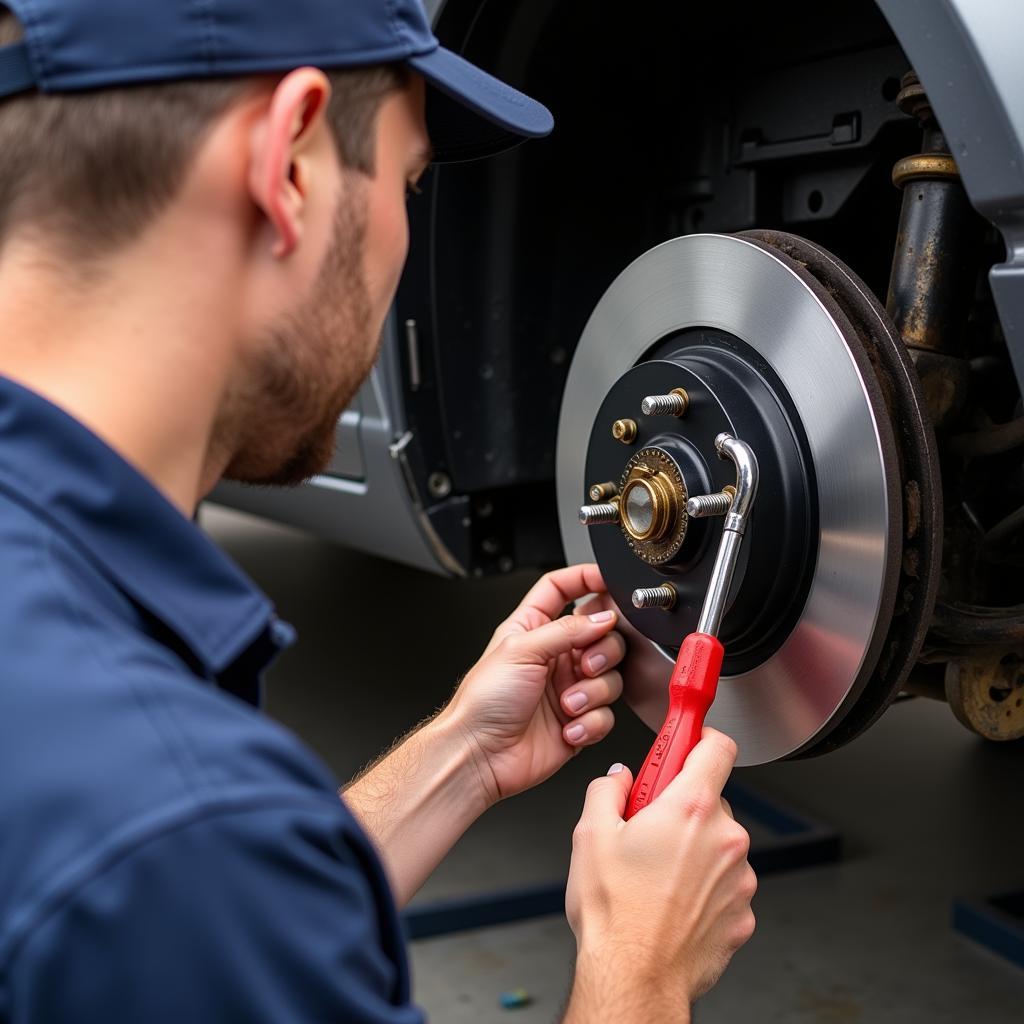Removing car seat warning labels might seem tempting, especially when they start to peel or fade. However, before you grab the scissors, there are some important things to consider. As an automotive electrical engineer specializing in remote diagnostics and software solutions, I’ve seen my fair share of car seat issues, and understanding the role of those labels is crucial.
Why Are Car Seat Warning Labels Important?
Those seemingly insignificant stickers plastered across your car seat actually serve vital purposes. They contain crucial safety information, manufacturing details, and even legal disclaimers. Here’s a breakdown:
- Safety Instructions: Ever wondered how to properly install your specific car seat model? These labels often provide condensed, visual guides for installation using either the car’s LATCH system or seatbelts.
- Weight and Height Limits: Using a car seat outside the specified weight and height limits can have dangerous consequences in an accident. The warning labels prominently display these limits, ensuring your child’s safety.
- Manufacturing Information: These labels contain essential details like the model number, manufacturing date, and compliance standards. This information is crucial for registering your car seat, checking for recalls, and even for insurance purposes.
- Legal Disclaimers: Car seat manufacturers include disclaimers to protect themselves from liability in case of misuse or modifications. While these might seem like legal jargon, they’re there to safeguard both you and the manufacturer.
Can I Remove Car Seat Warning Labels?
The short answer is: it’s best not to. While it might seem purely aesthetic, removing these labels could have unintended consequences:
- Voided Warranty: Some manufacturers might consider removing warning labels as tampering with the product, potentially voiding your warranty. This could leave you financially responsible for repairs or replacements down the line.
- Safety Concerns: Without the labels, crucial safety information becomes inaccessible. This could lead to improper installation or use, putting your child at risk.
- Resale Value: A car seat with missing or damaged warning labels might raise red flags for potential buyers, decreasing its resale value.
Dealing with Damaged or Faded Labels
Over time, car seat warning labels can fade, peel, or get torn. Here’s how to handle these situations:
- Contact the Manufacturer: The best course of action is to contact the car seat manufacturer directly. They might provide replacement labels or offer advice on how to preserve the existing ones.
- Take Clear Photos: If you’re concerned about losing crucial information, take clear, high-resolution photos of all the labels before they become illegible. Store these photos digitally for future reference.
- Consider a Label Protector: Specialized label protectors are available to prevent further damage to existing labels. These clear, adhesive covers shield the labels from wear and tear.
Alternatives to Removing Warning Labels
If the labels are causing irritation or discomfort, consider these alternatives to complete removal:
- Trim Loose Edges: Carefully trim any loose edges of the label using a small pair of scissors. Avoid cutting into the actual information or graphics on the label.
- Cover with Fabric Tape: If the label’s texture is bothersome, cover it with a piece of soft, breathable fabric tape. This can provide a smoother surface without completely obscuring the information.
Prioritizing Safety Above All Else
“Car seat safety should always be the top priority,” says renowned child passenger safety expert, Sarah Thompson. “While those labels might seem like a minor inconvenience, they play a critical role in ensuring your child’s well-being during car rides.”
Remember, those seemingly insignificant labels are your guide to using the car seat correctly and keeping your most precious cargo safe. When it comes to car seat safety, erring on the side of caution is always the best approach.


